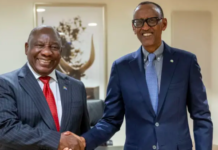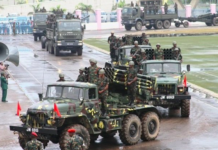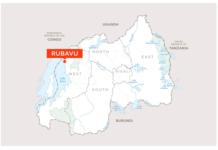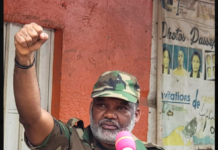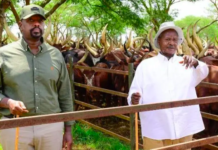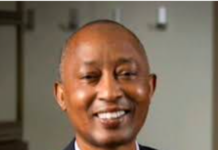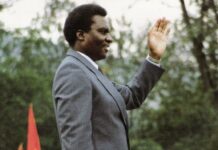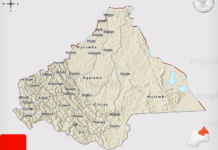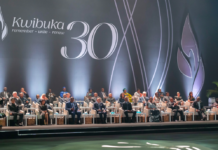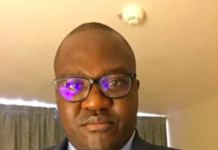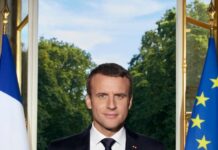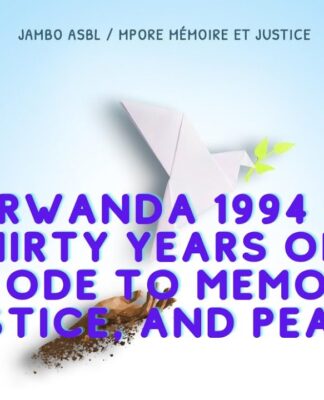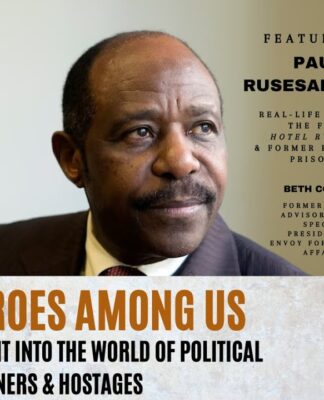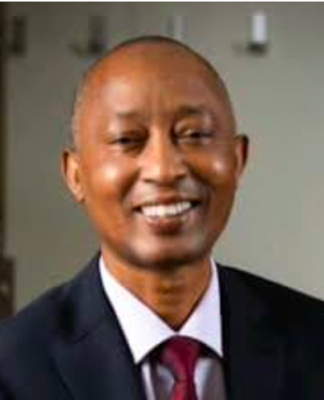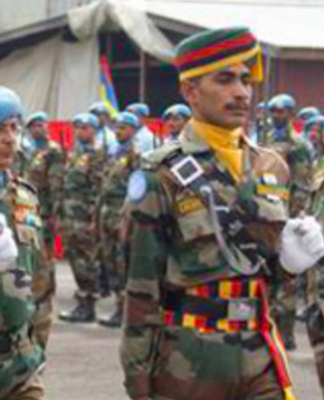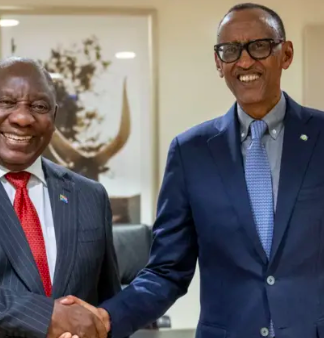By David Himbara

In 2015, President Paul Kagame told his audience at World Economic Forum in Davos that Rwanda was “transitioning from aid to investment.” Kagame’s determination to complete the transition from aid to investment became even more evident a year later. On December 15, 2016, he called for a target date when Rwanda would cease receiving foreign aid. This is how Kagame put it:
”We have been talking about for a long time, the issue of relying on others to pay for things that benefit us. It is really a question of dignity, our agaciro. Therefore, among the decisions of this Umushyikirano, we should resolve to set a deadline, which should come sooner rather than later, after which Rwanda will no longer be waiting for what others hand out to us.”
So, is there any substance to Kagame’s transition from foreign aid to foreign investment? Thankfully, the World Bank provides comprehensive data on foreign aid and foreign investment to its member states. I was, therefore, able to compile and compare statistics on aid and on foreign investment for Rwanda.
In particular, I sought to compare the amount of aid and investment Rwanda attracted from 2000 to 2016. This period coincides with the phase in which Kagame has been implementing Vision 2020 from making Rwanda a middle-income state. In what follows, we see how Kagame’s transition from foreign aid to foreign is another mirage.
Annual foreign direct investment into Rwanda, 2000–2016
Let us begin our review of Kagame’s transition from aid to investment by presenting our findings on foreign direct investment to Rwanda between 2000 and 2016. The annual foreign direct investments to Rwanda are shown in Table 1.
TABLE 1: Foreign Direct Investment to Rwanda, 2000–2016
- 2000 — US$8 Million
- 2001 — US$5 Million
- 2002 — US$3 Million
- 2003 — US$6 Million
- 2004 — US$8 Million
- 2005 — US$10 Million
- 2006 — US$30 Million
- 2007 — US$82 Million
- 2008 — US$103 Million
- 2009 — US$118 Million
- 2010 — US$250 Million
- 2011 — US$119 Million
- 2012 — US$255 Million
- 2013 — US$257 Million
- 2014 — US$315 Million
- 2015 — US$223 Million
- 2016 — US$266 Million
- TOTAL — US$1.7 BILLION
Annual foreign aid to Rwanda, 2000–2016
Let us now examine foreign aid to Rwanda. The annual foreign aid to Rwanda between 2000 and 2016 is shown in Table 2.
TABLE 2: Annual Foreign Aid to Rwanda, 2000–2016
- 2000 — US$321 Million
- 2001 — US$304 Million
- 2002 — US$359 Million
- 2003 — US$336 Million
- 2004 — US$491 Million
- 2005 — US$573 Million
- 2006 — US$605 Million
- 2007 — US$780 Million
- 2008 — US$935 Million
- 2009 — US$934 Million
- 2010 — US$1 Billion
- 2011 — US$1.2 Billion
- 2012 — US$878 Million
- 2013— US$1 Billion
- 2014— US$1 Billion
- 2015 — US$1 Billion
- 2016 — US$1.1 Billion
- TOTAL — US$13 BILLION
So, what do we learn from Table 1 and Table 2? In this 16-year period from 2000 to 2016, the total amount of foreign aid to Rwanda was US$13 Billion. Meanwhile, the total amount of foreign investment into Rwanda was US$1.7 Billion. In other words, the amount of foreign direct investment Rwanda received in 2000 — 2016 was 13% of foreign aid.
Our overall conclusion is that Kagame’s transitioning from foreign aid to foreign investment is a mirage. In reality, Kagame accomplished the reverse — Rwanda is addicted to foreign aid. Between 2000 and 2016, Kagame’s Rwanda attracted US$13 Billion of aid compared to US$1.7 Billion in investment. For the year 2016 alone, Rwanda drew US$1.1 Billion in foreign aid versus a mere US$266 Million in foreign investment. Put in another way, in the very year that Kagame called for a timeline for Rwanda’s withdrawal from aid, foreign investment to Rwanda was 2% of foreign aid.



